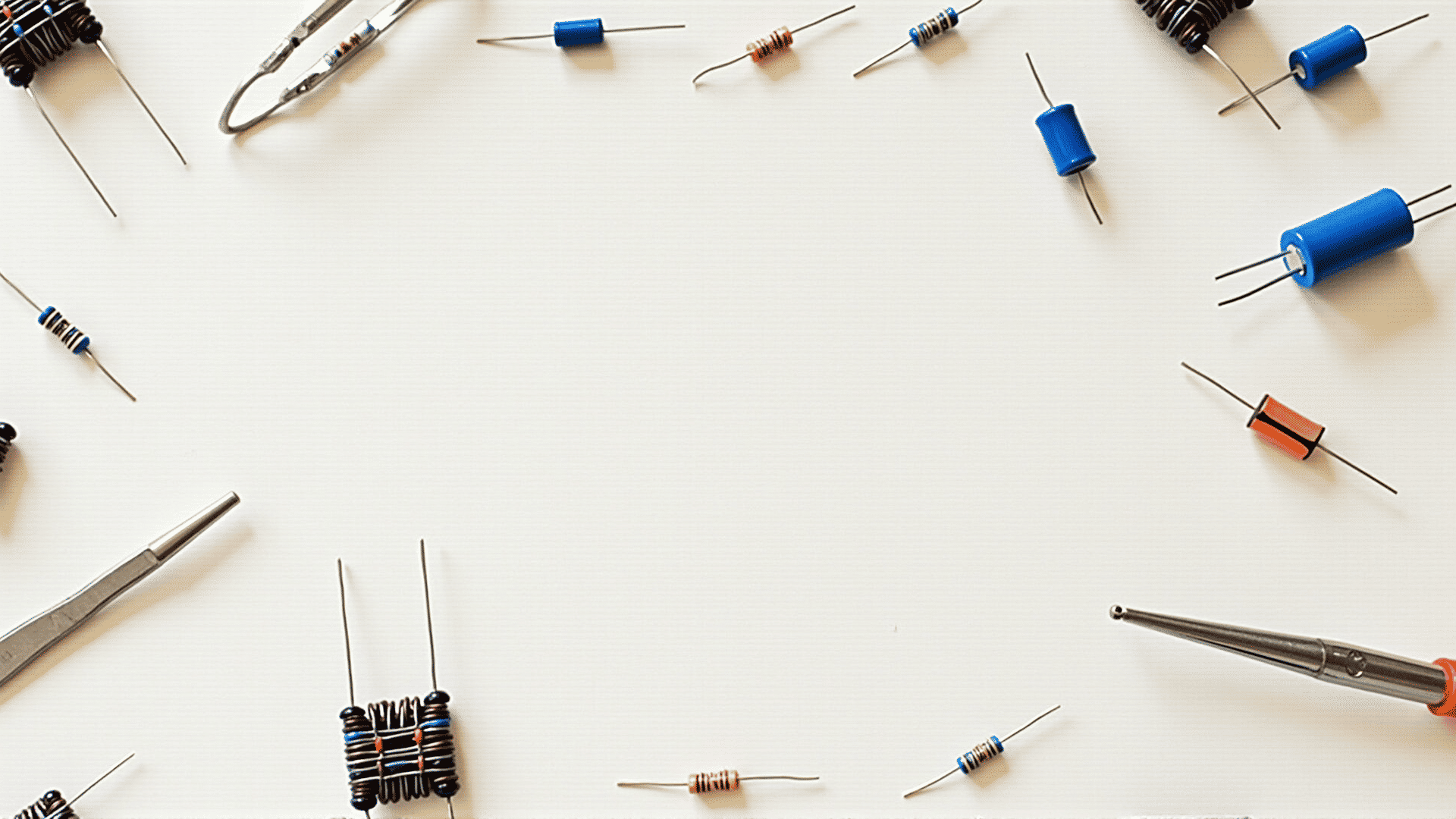In the world of electronics, understanding the fundamental components of a circuit is essential. These components, each with their unique functions, form the backbone of electronic design and functionality. Among the most critical of these are resistors, capacitors, and inductors.
Resistors
Resistors are one of the most basic yet essential circuit elements. Their main function is to limit or regulate the flow of electrical current in a circuit. Measured in ohms, resistors obey Ohm's law, which states that the current through a conductor between two points is directly proportional to the voltage across the two points. They are crucial for protecting sensitive components from excessive current and for creating the correct conditions for other components to function.
Capacitors
Capacitors are components that store electrical energy temporarily in an electric field. They are widely used in many electronic devices for various applications, including smoothing out voltage fluctuations, energy storage, and signal filtering. Capacitors are characterized by their ability to hold a certain amount of charge, measured in farads. Their unique property of storing and releasing energy makes them invaluable in circuits that require energy regulation and signal processing.
Inductors
Inductors, often found in the form of coils, oppose changes in electrical current. When current flows through an inductor, it stores energy in a magnetic field, and resists any changes to the current flowing through it. This property makes inductors well-suited for applications such as filtering, energy storage in power supplies, and in tuning circuits. The inductance of a coil is measured in henrys.
Each of these components plays a vital role in electronic circuits, often working in tandem with one another. A device’s overall performance and efficiency depend heavily on the proper functioning and integration of these components. Whether adjusting current flow with resistors, storing and releasing energy with capacitors, or managing current changes with inductors, these elements are the building blocks of electronic engineering.
Understanding how each component works individually and in combination provides the foundation for creating innovative and efficient electronic devices. As technology continues to advance, these components will remain integral to the development of new, more sophisticated electronic systems.
